North America has over 6,000 animal species, some of which are more deadly than others. These 20 animals have the potential to be deadly when provoked, and some will attack humans for seemingly no reason.
Black Widow Spider
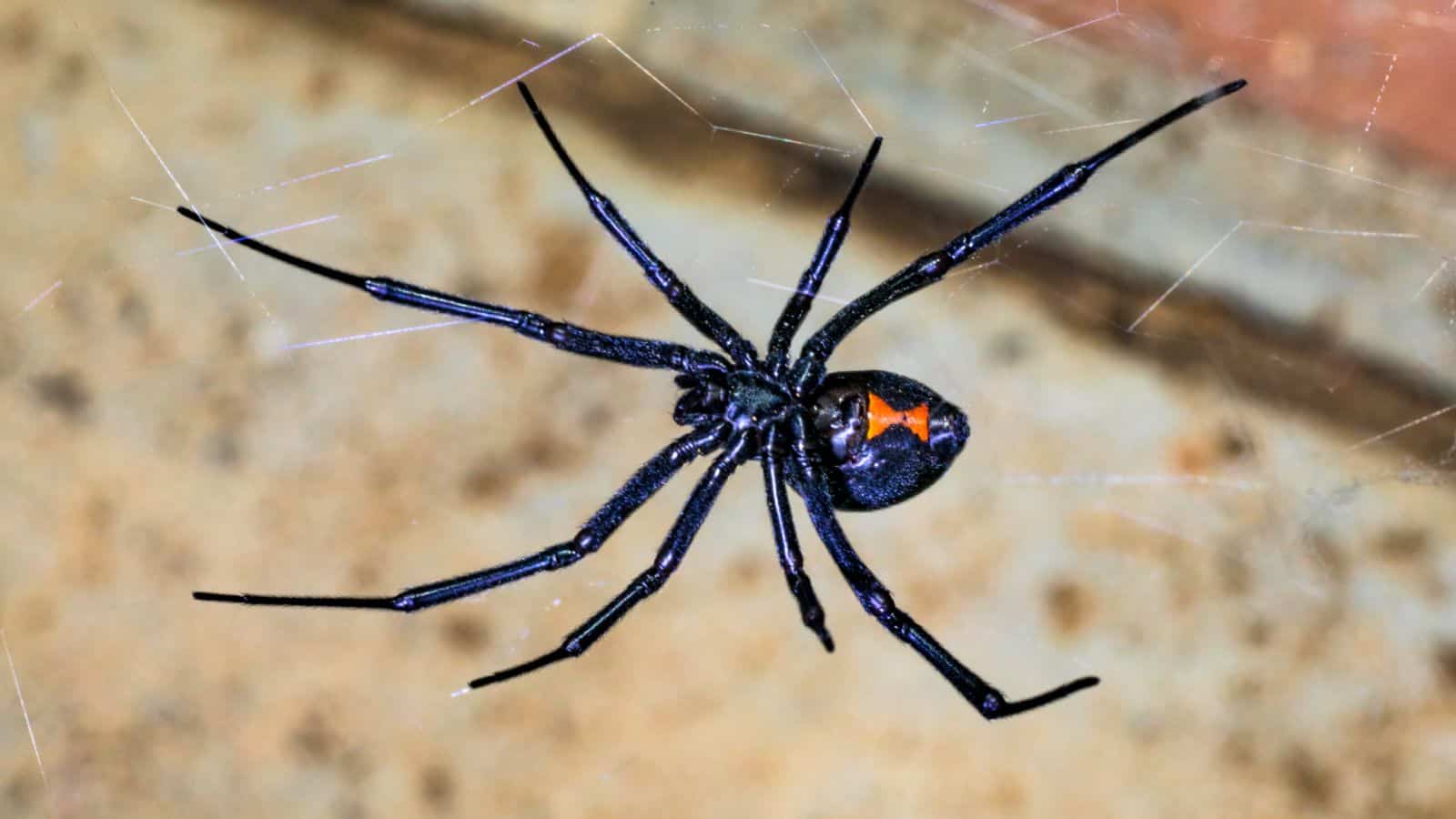
Two species of the black widow spider are found in the southern and western parts of America. Their venom is known for its toxicity and can cause severe pain and muscle cramps. They sometimes bite after they’re startled in cool, dark places like garages.
American Bison
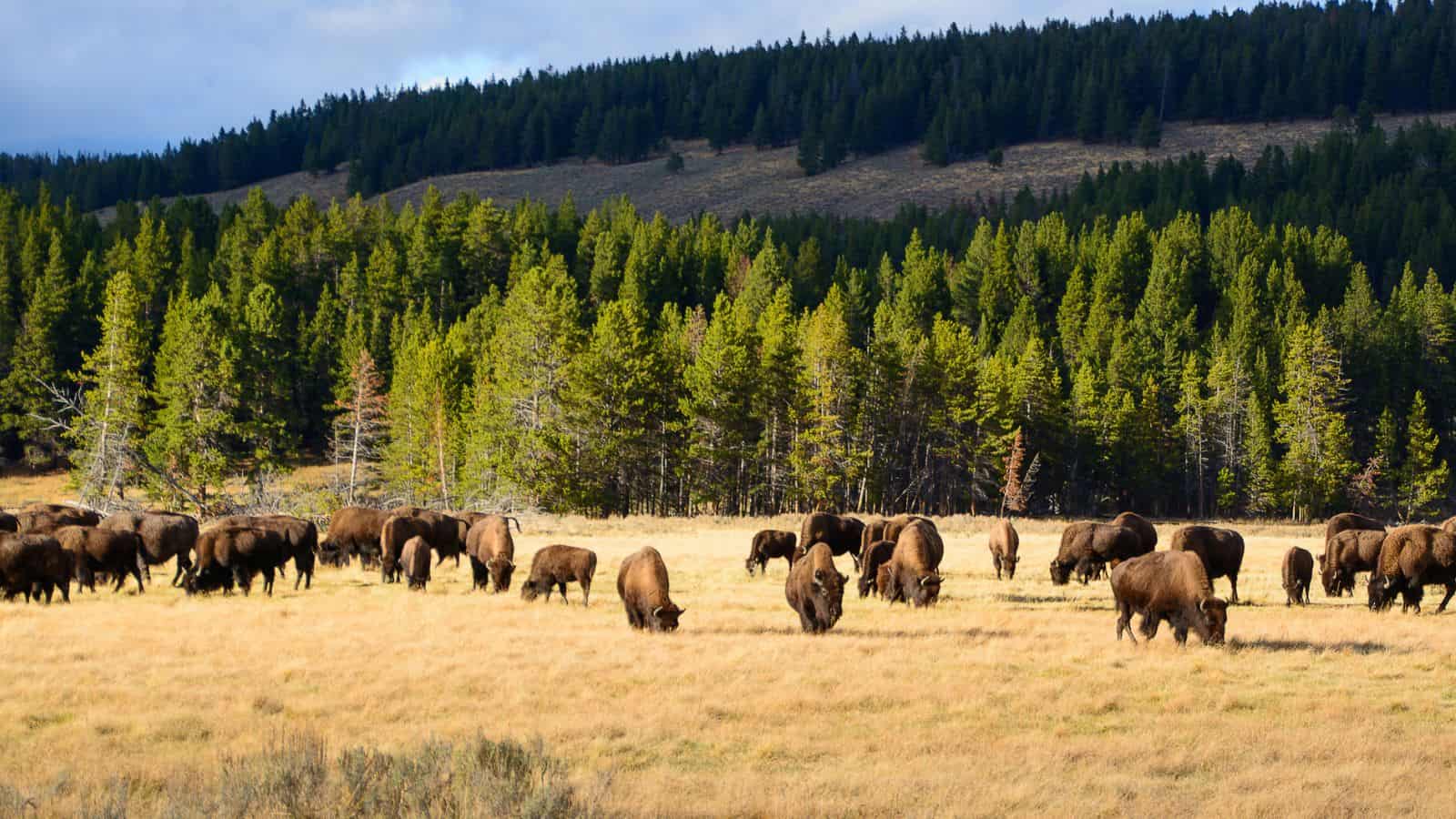
The American bison is famed for being a conservation success story. They were almost driven to extinction in the 19th century, but now tens of thousands freely roam in herds across America, Canada, and Mexico. The Department of the Interior explains that “you can judge a bison’s mood by its tail,” but “they are unpredictable and can charge at any moment.”
Great White Shark
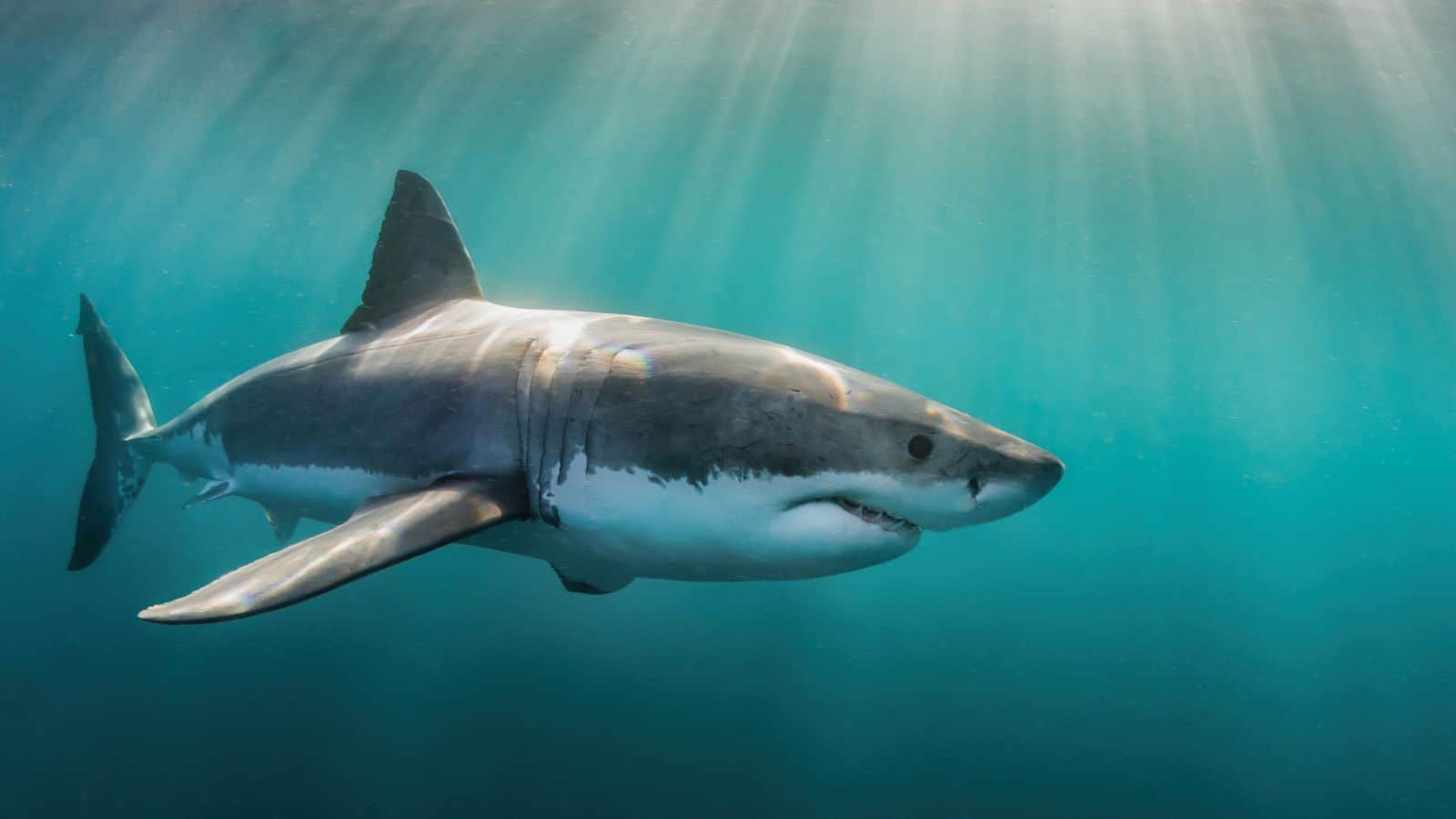
The great white shark can be found along the Pacific coast of North America, particularly around California. They’ve terrified Americans since Jaws came out in 1975, but they rarely kill humans. However, they are the shark species with the largest number of recorded bites on humans.
Mountain Lion (Cougar)
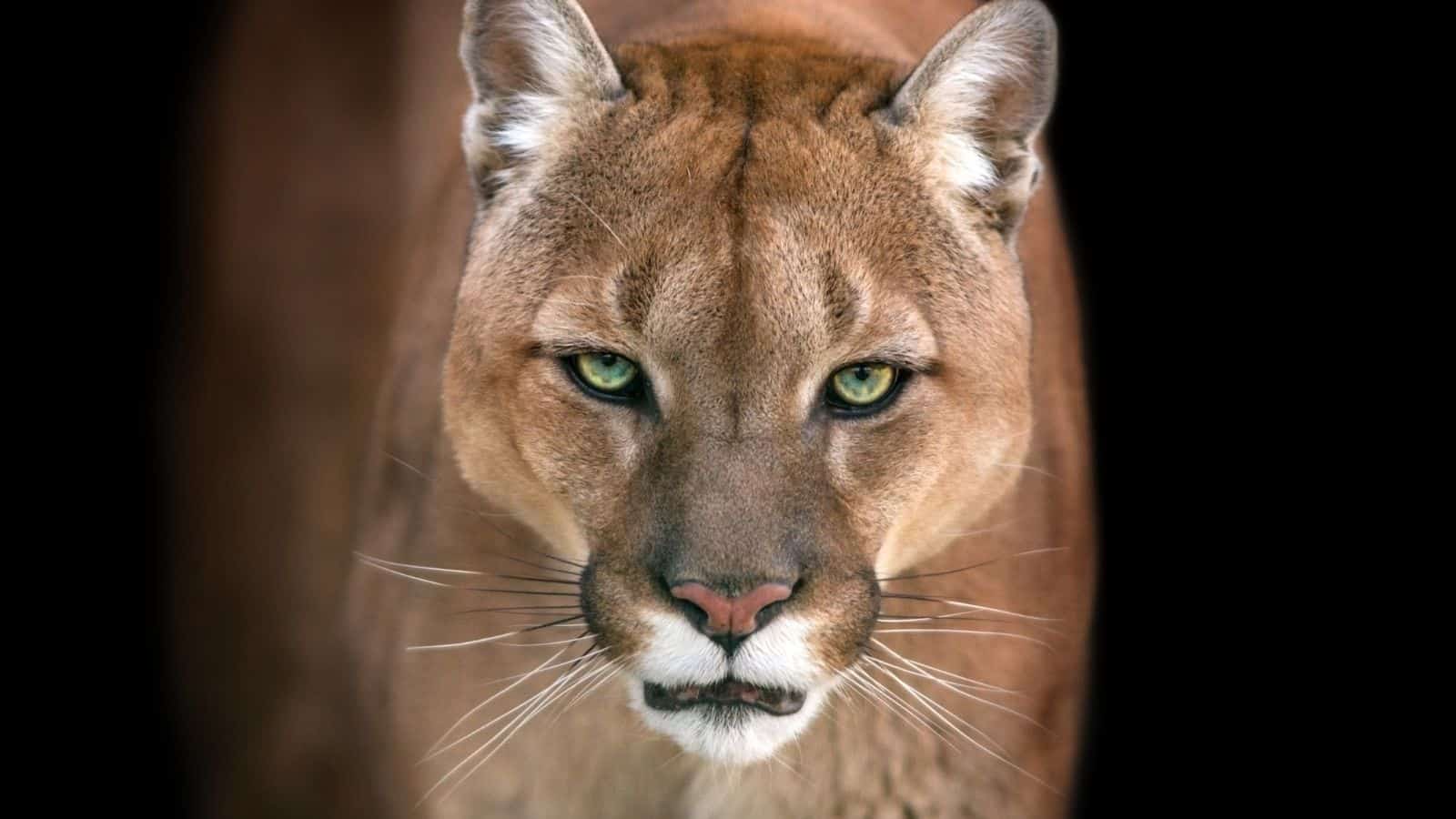
Mountain lions, or cougars, inhabit North, Central, and South America and can be found in most habitats. They’re stealthy predators that can weigh up to 160 pounds, and they deliver fatal bites to the necks of their prey. Cougar attacks on humans are rare, but they’re often unprovoked.
Moose
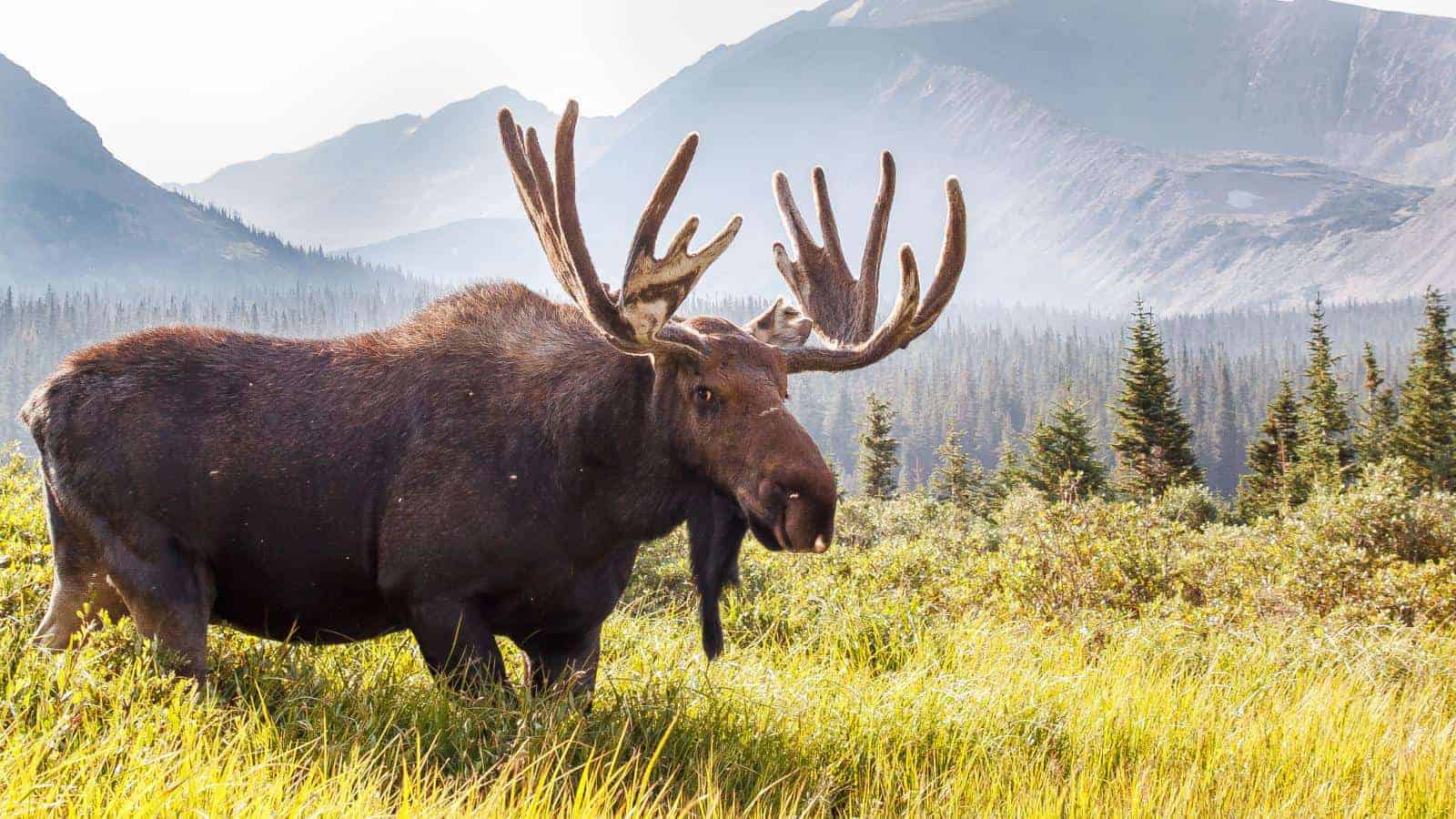
Moose, the world’s tallest and heaviest deer species, live across Canada and the northern U.S. They’re usually not aggressive towards humans, but they may attack when protecting their young, and they’re often involved in fatal car accidents.
Brown Recluse Spider
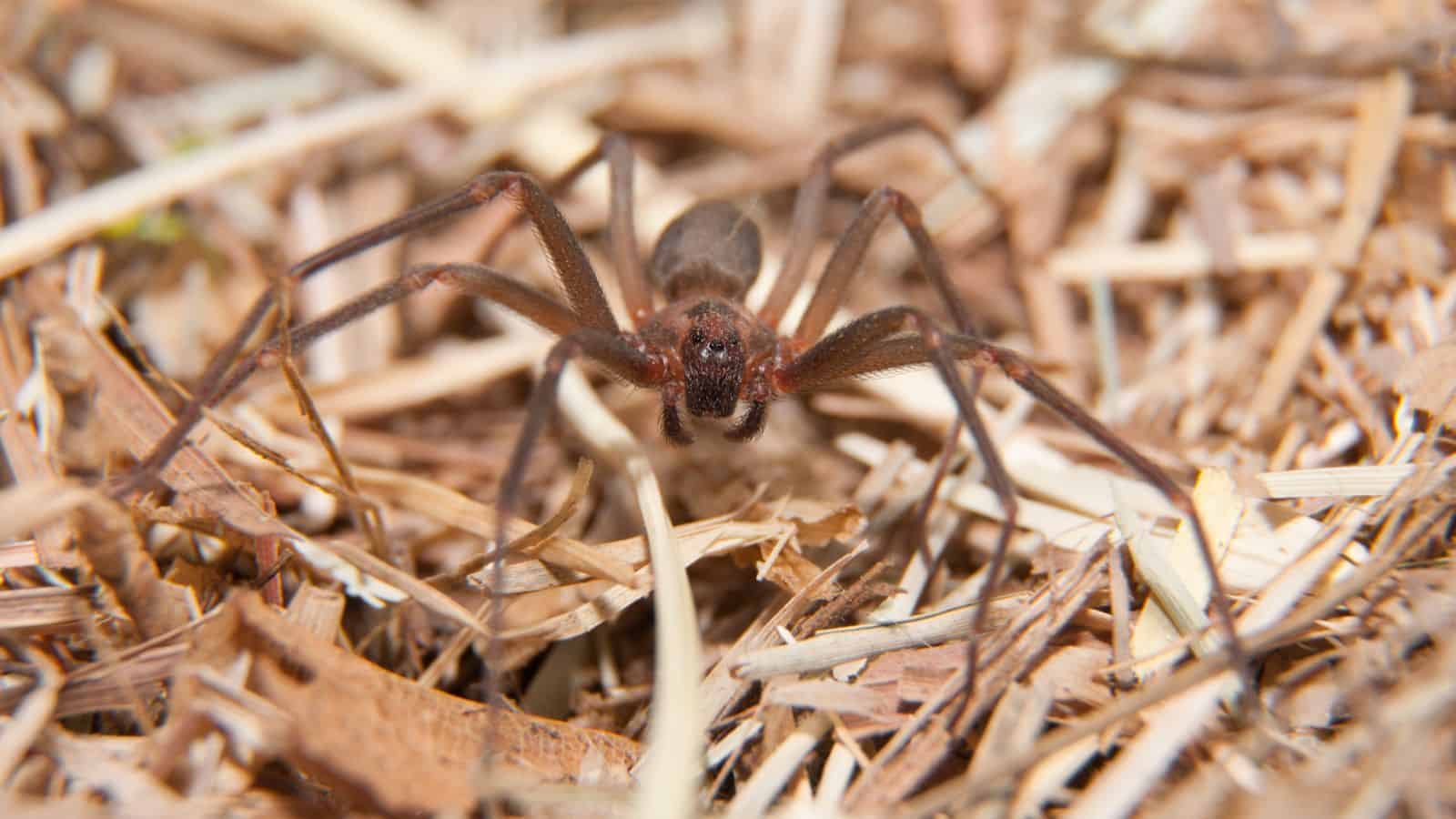
The brown recluse spider is found in central and southern states and is infamous for its venomous bite. It often hides in clothing, shoes, and bedding, which can lead to accidental bites that can kill children and adults with weaker immune systems.
Bull Shark
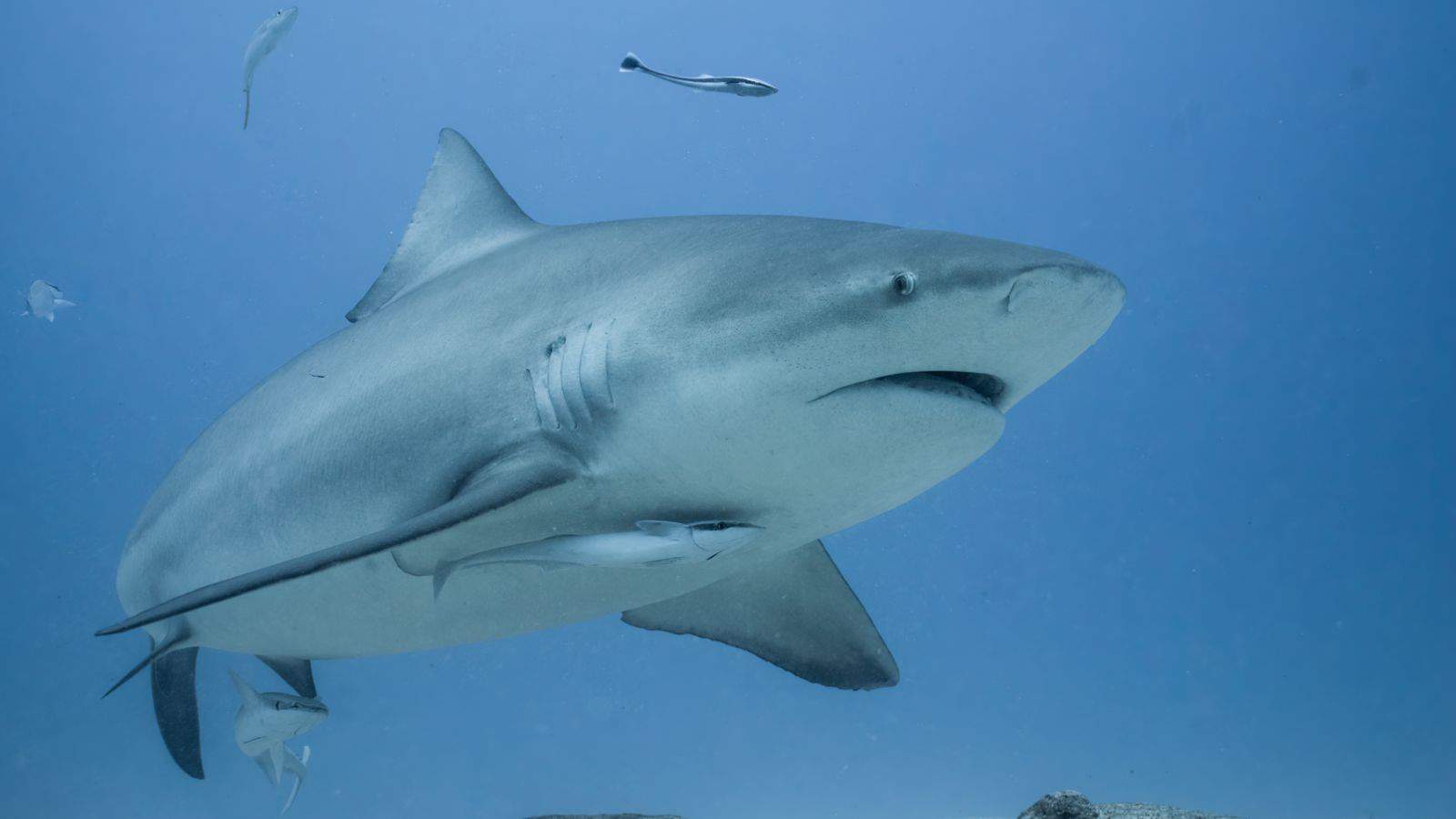
The bull shark is found in coastal waters and rivers along the Atlantic and Gulf coasts. It’s infamous for its aggressive and highly territorial nature and is considered one of the most dangerous shark species.
Texas Longhorn Cattle
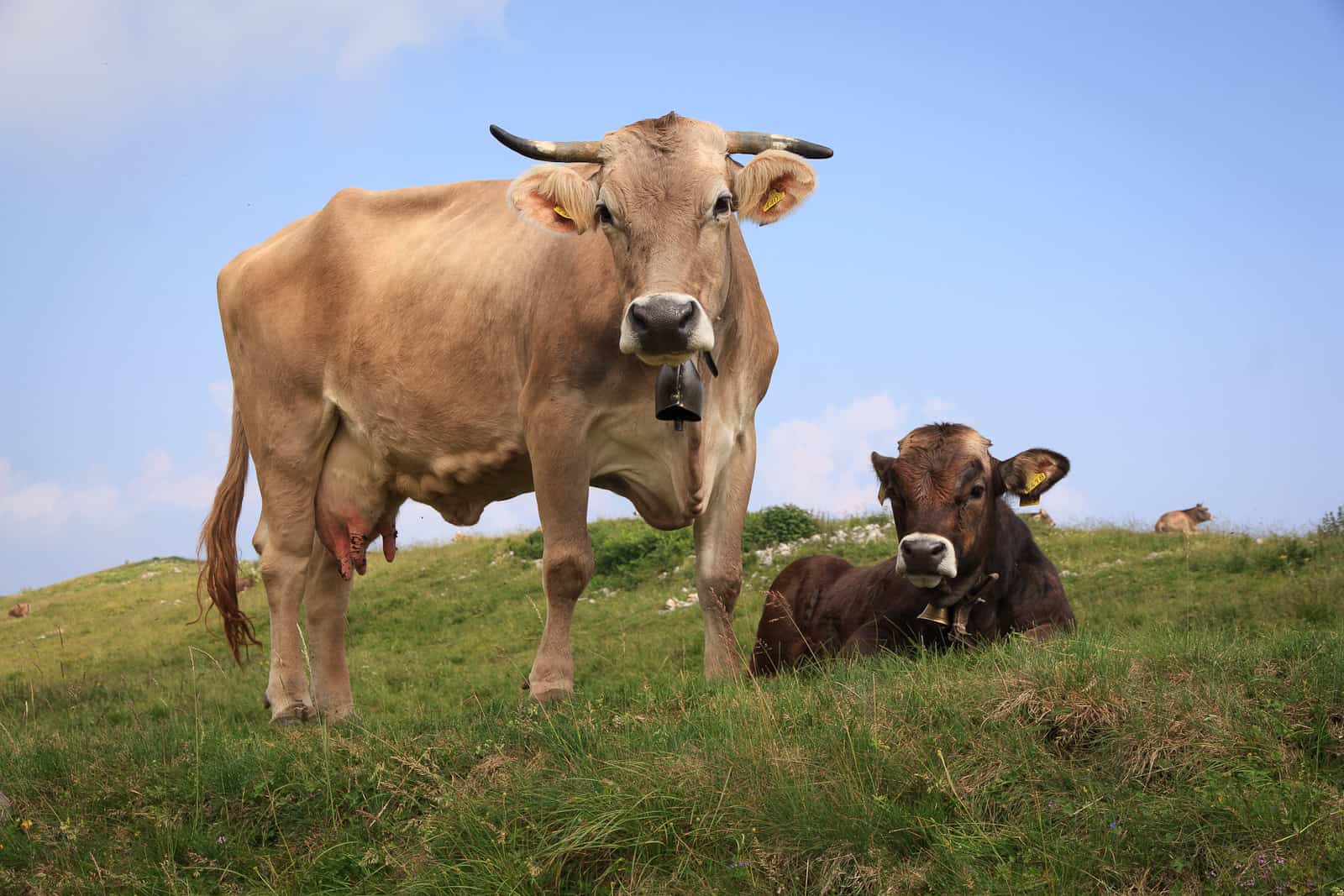
Texas longhorn cattle are instantly recognizable for their long, sharp horns, which can span over 8 feet from tip to tip. They’re usually peaceful, but they can be aggressive when they feel threatened and cause serious injuries through goring.
Western Diamondback Rattlesnake
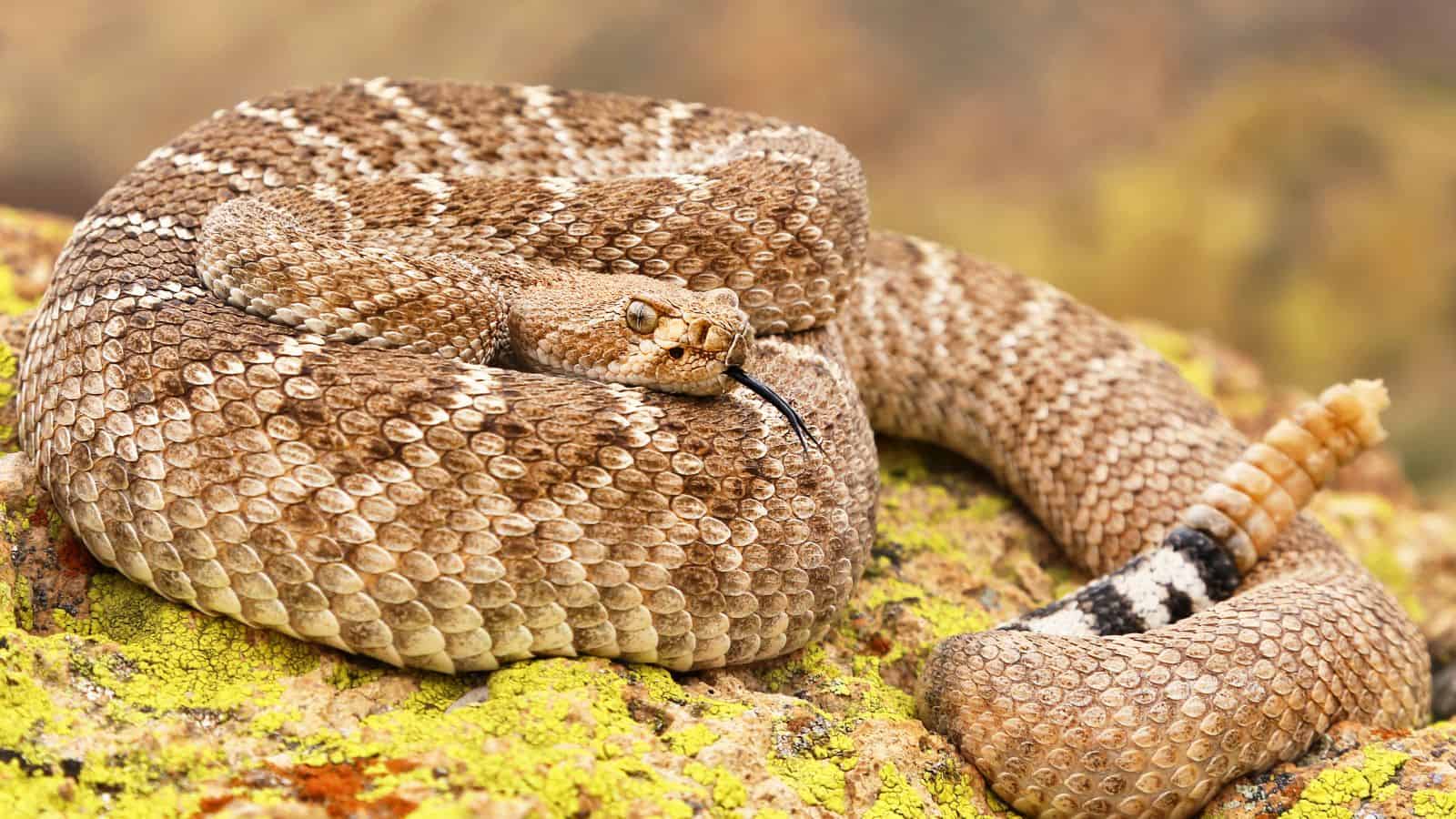
This venomous rattlesnake species is found in southwestern America and northern Mexico. It’s instantly recognizable for its distinctive diamond pattern and loud rattling warning. Its painful venom can kill up to 20% of people who don’t receive antivenom.
American Alligator
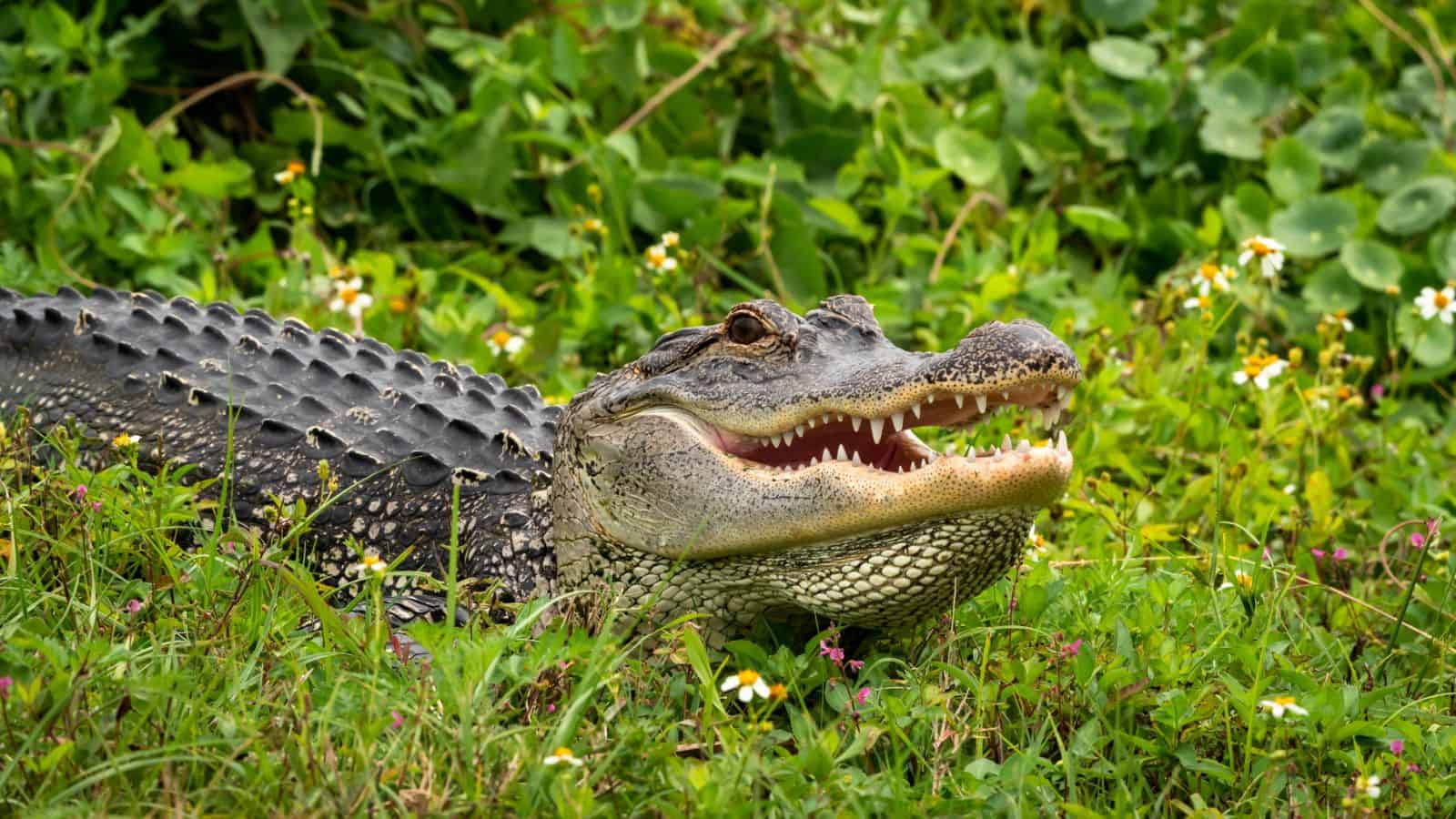
The American alligator is primarily found in the lakes, freshwater rivers, and swamps of the Southwest, especially in Florida and Louisiana. It is known for its powerful bite force of 2,000 pounds per square inch, and Britannica notes that 26 fatal alligator attacks have been documented since 1948.
Black Bear
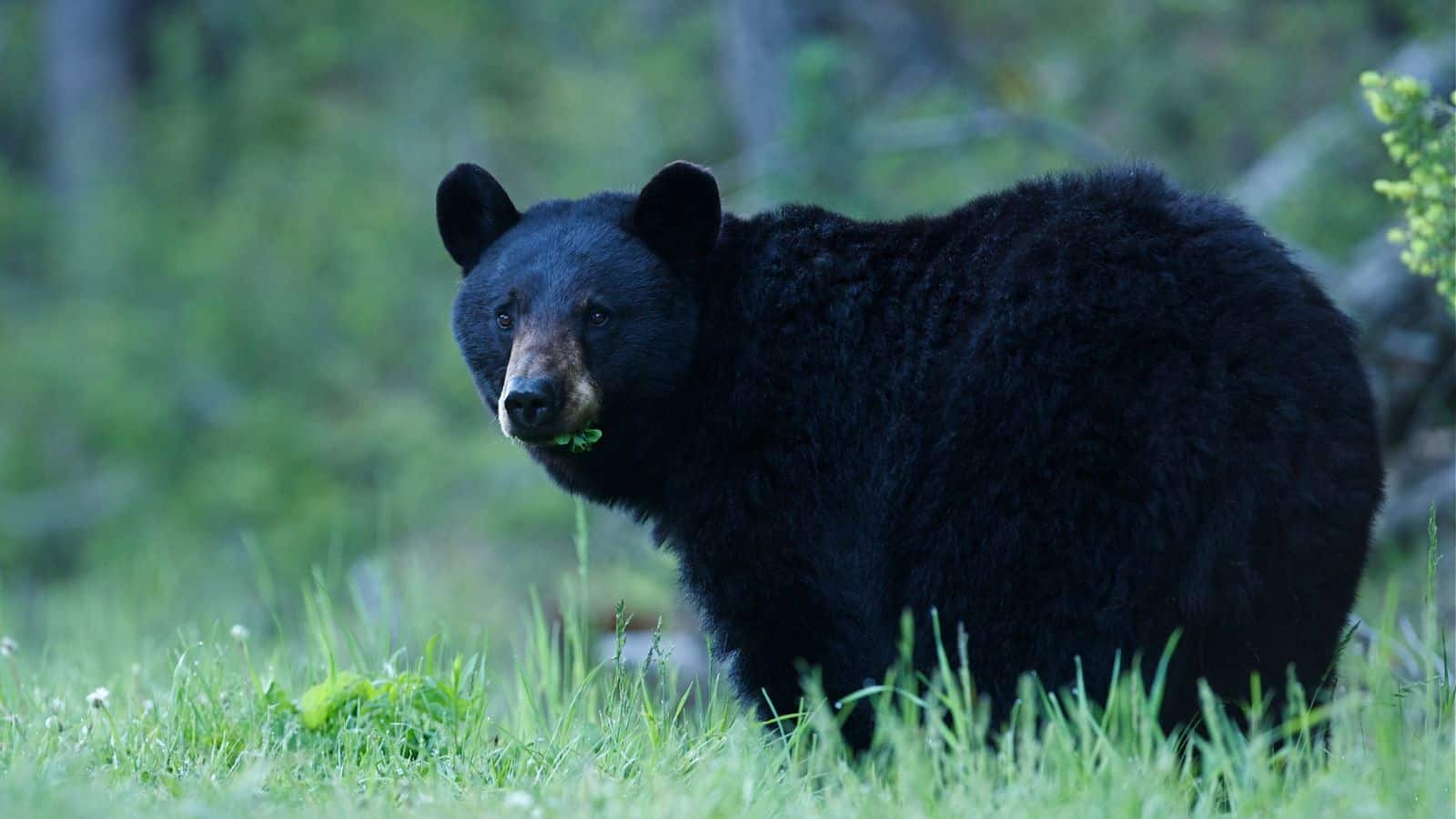
The black bear is North America’s smallest and most widely distributed bear species. It lives in forested areas and usually avoids humans, but can become aggressive when food is scarce. Black bear attacks are rarely fatal, but in May 1978, a bear killed three teenagers fishing in Algonquin Park, Ontario.
Wild Boar
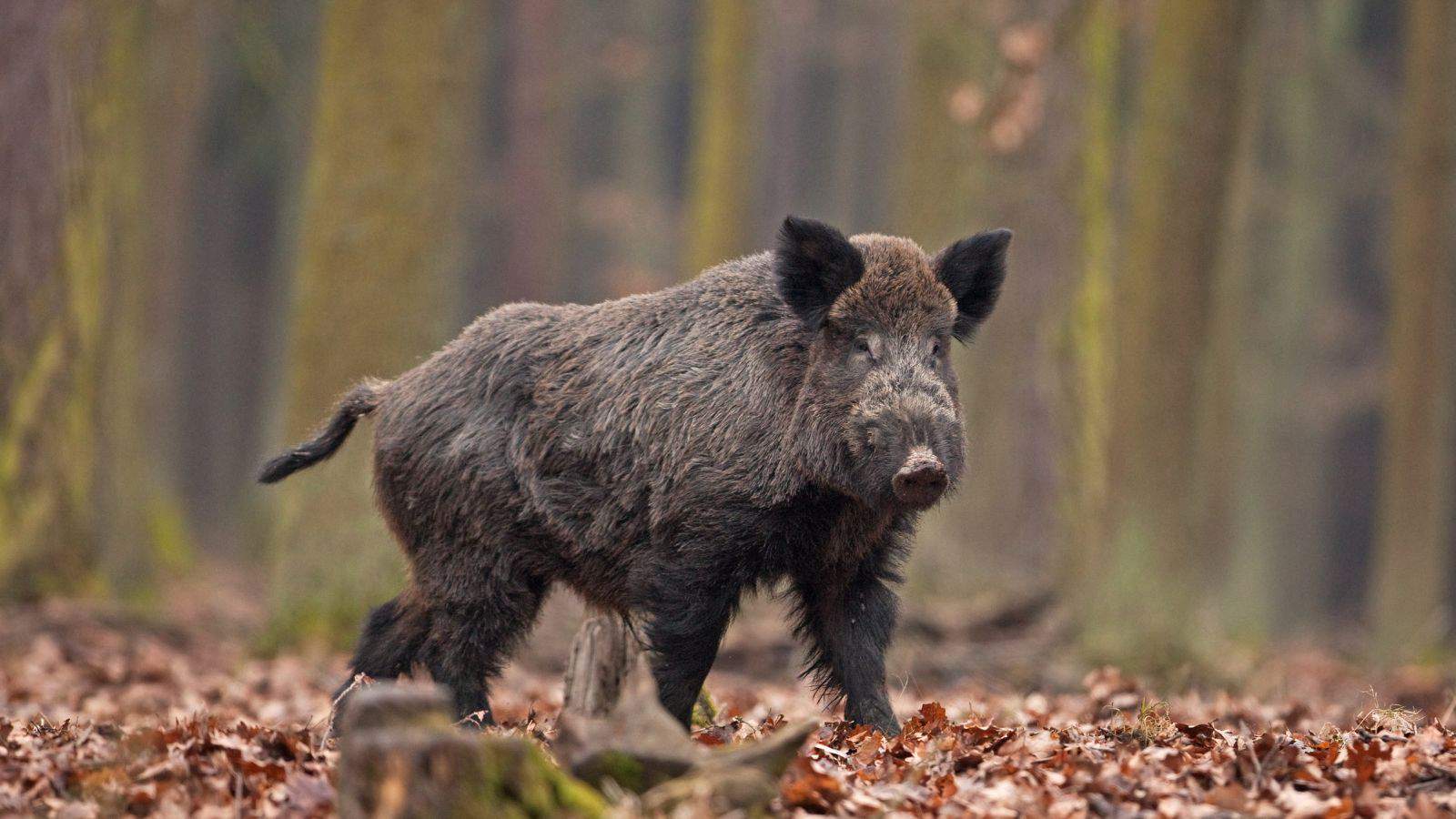
The wild boar is an invasive species in the southeast that’s spreading northward. It’s infamous for its aggressive behavior and sometimes attacks humans during its rutting season, which runs from November to January.
Box Jellyfish
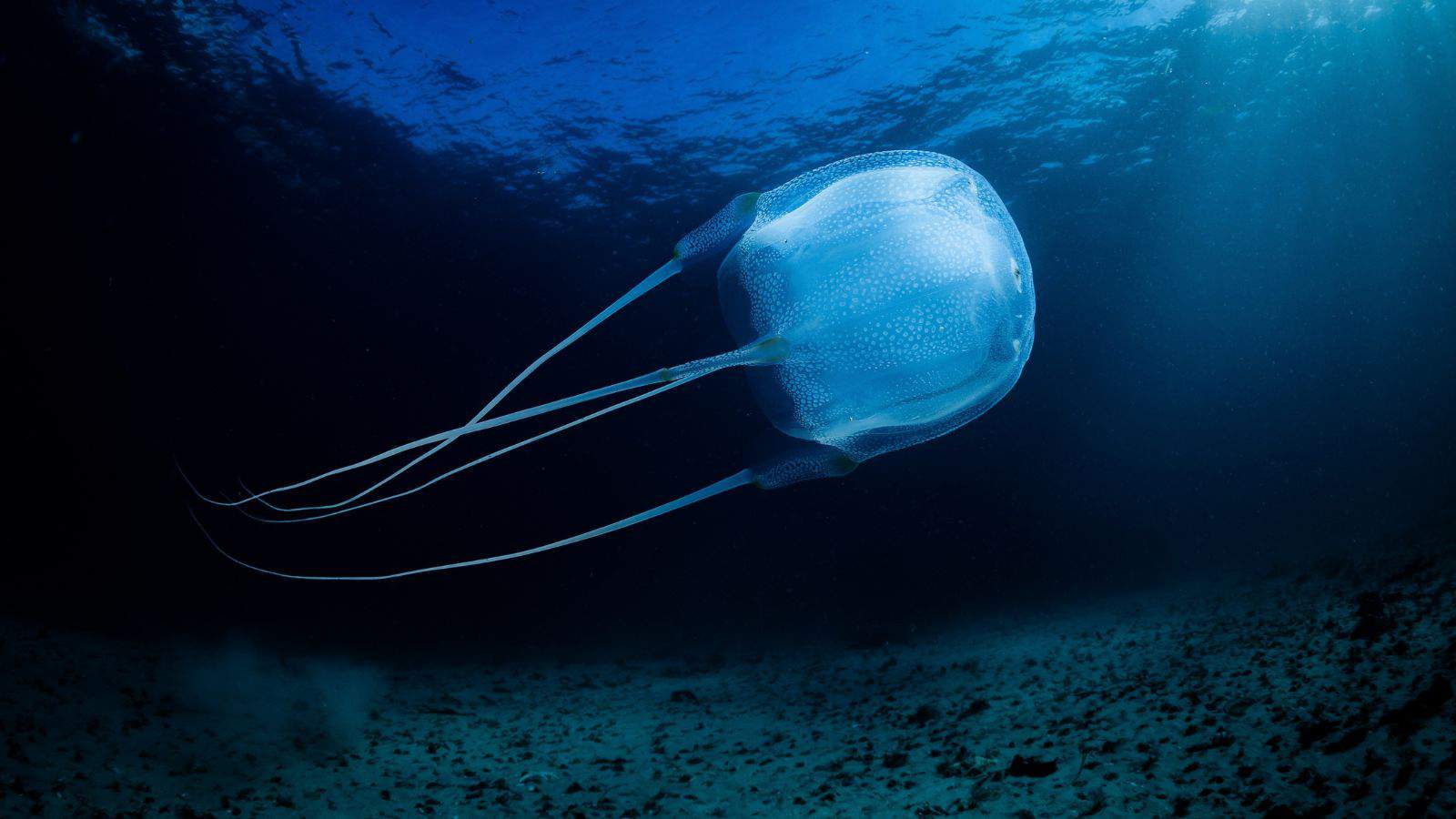
The box jellyfish can be found along the Gulf of Mexico and in Hawaii’s waters. Occasionally, Hawaiian beaches like Hanauma Bay must be closed when large numbers of jellyfish come near the shore to spawn. Their venomous stings can be fatal, causing cardiac arrest within minutes.
Eastern Diamondback Rattlesnake
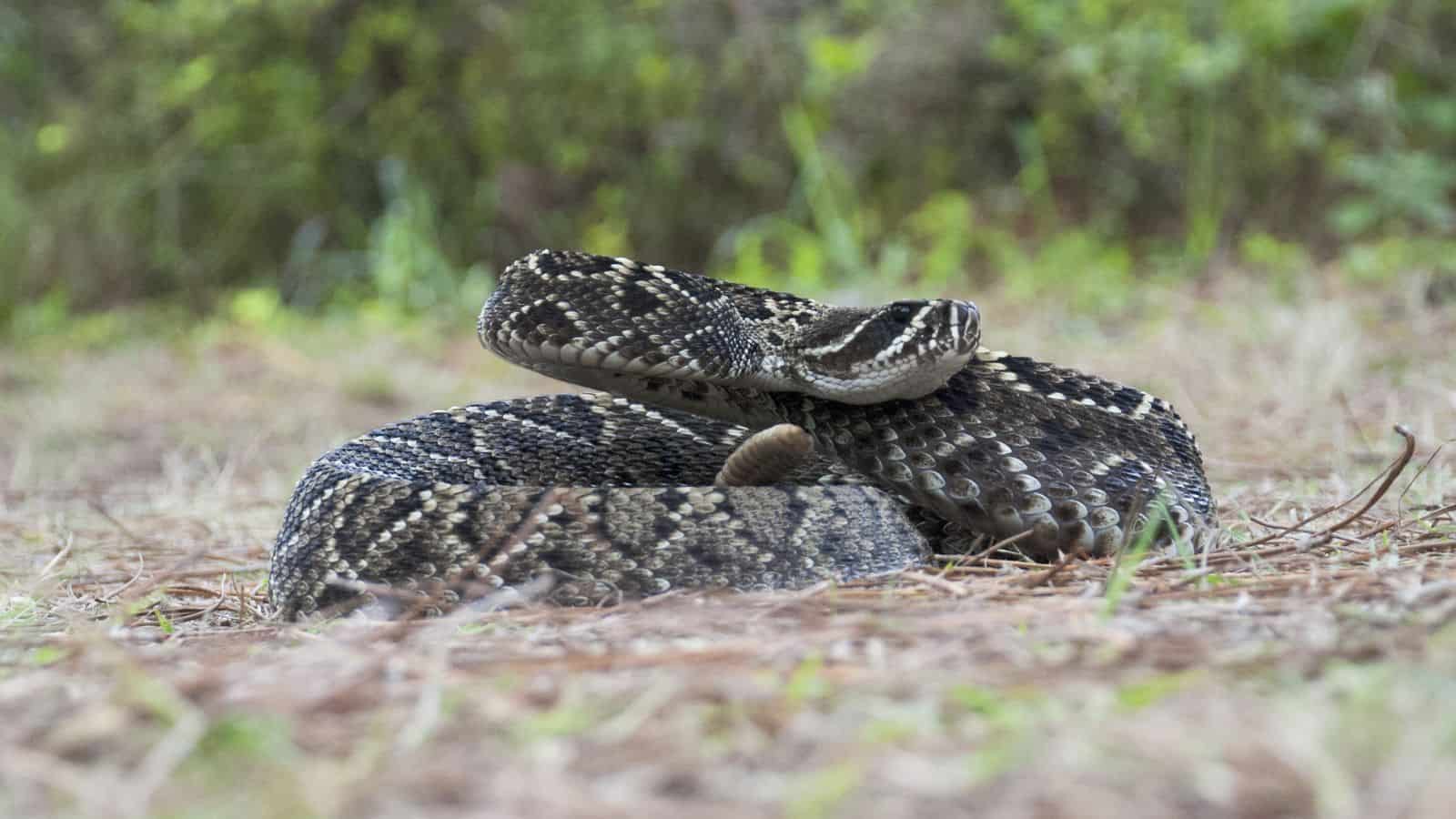
Smithsonian’s National Zoo explains that this species “is North America’s longest, heaviest venomous snake, averaging 3–6 feet long, with some adults growing up to 8 feet.” Their venom contains hemotoxin, which kills red blood cells and damages tissue, but most people who are bitten survive thanks to the availability of antivenom.
Timber Rattlesnake
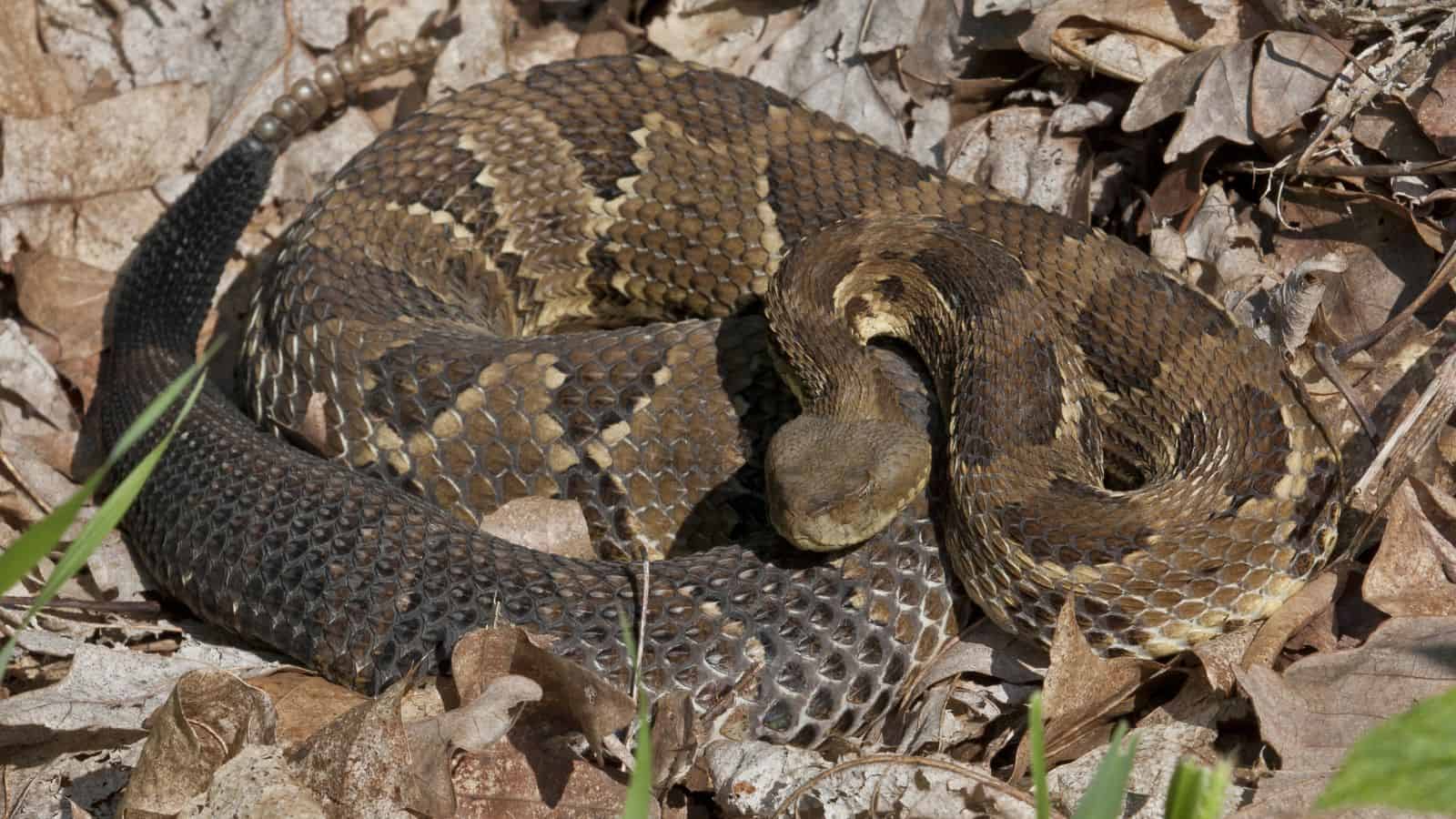
Timber rattlesnakes are found in the eastern states of America and can grow to over six feet long. They prey on small mammals and birds, foraging in fields, pastures, and farms. They rarely bite unless stepped on or startled, but their venom kills up to ten percent of untreated victims.
American Crocodile
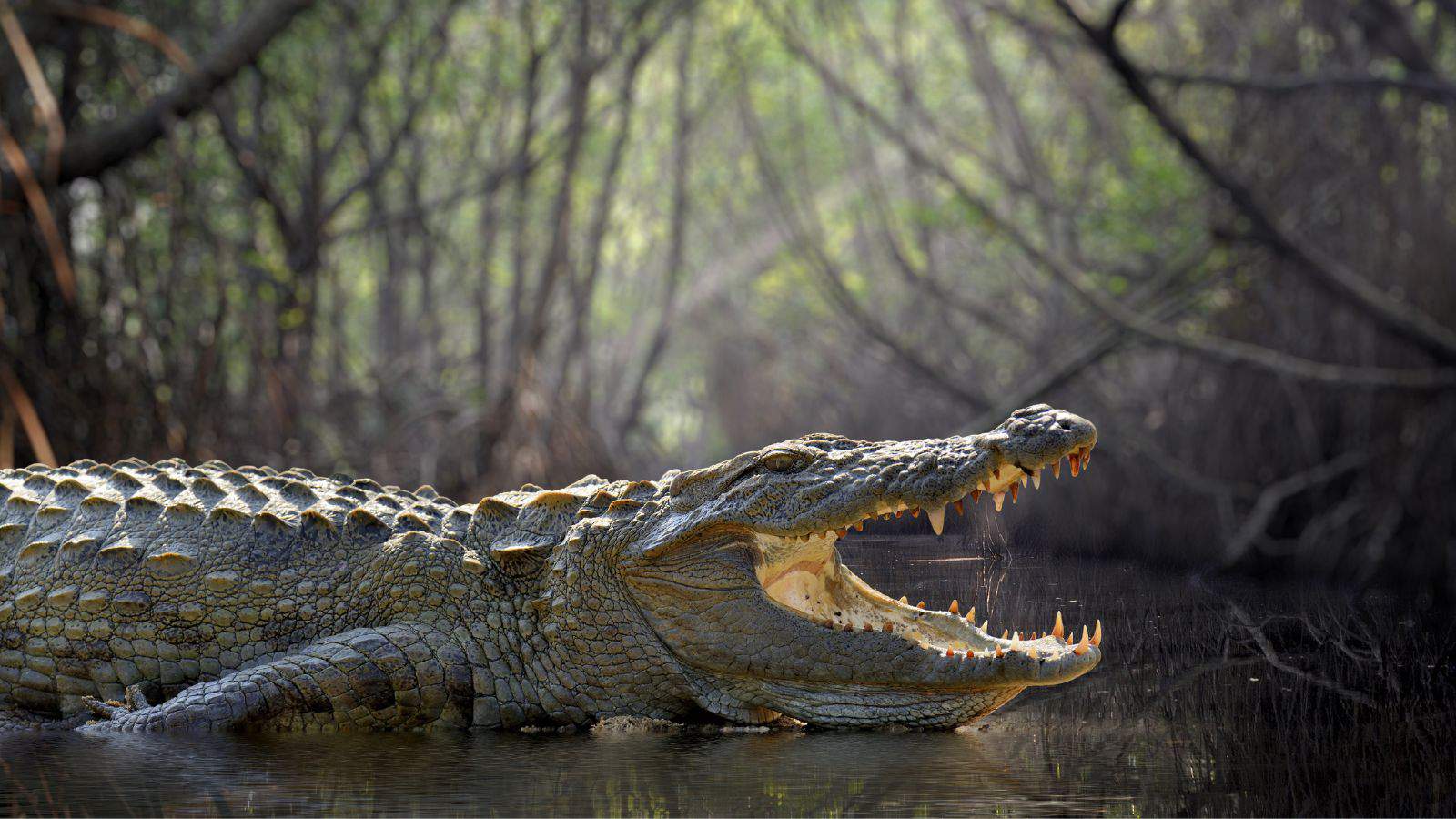
The American crocodile is one of the largest and heaviest crocodile species, inhabiting the southern tip of Florida and parts of the Caribbean. It can weigh 2,000 pounds and grow to lengths of 20 feet. Although it usually flees from humans, it can attack with a powerful bite.
Honey Bee
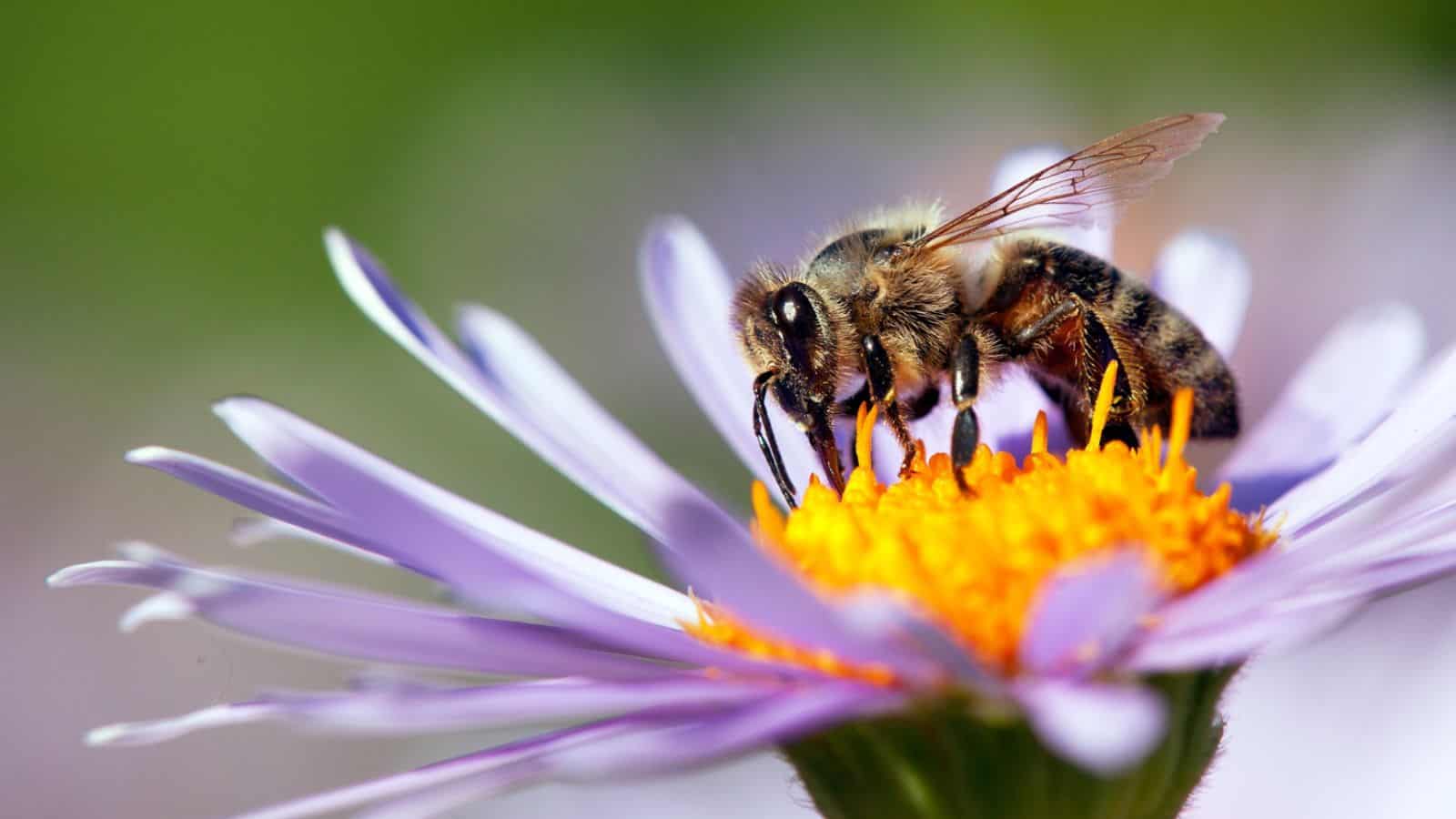
The honey bee is found across North America, especially in agricultural areas. It is usually harmless, but multiple stings from a swarm of bees can cause severe allergic reactions in around two percent of people.
Grizzly Bear
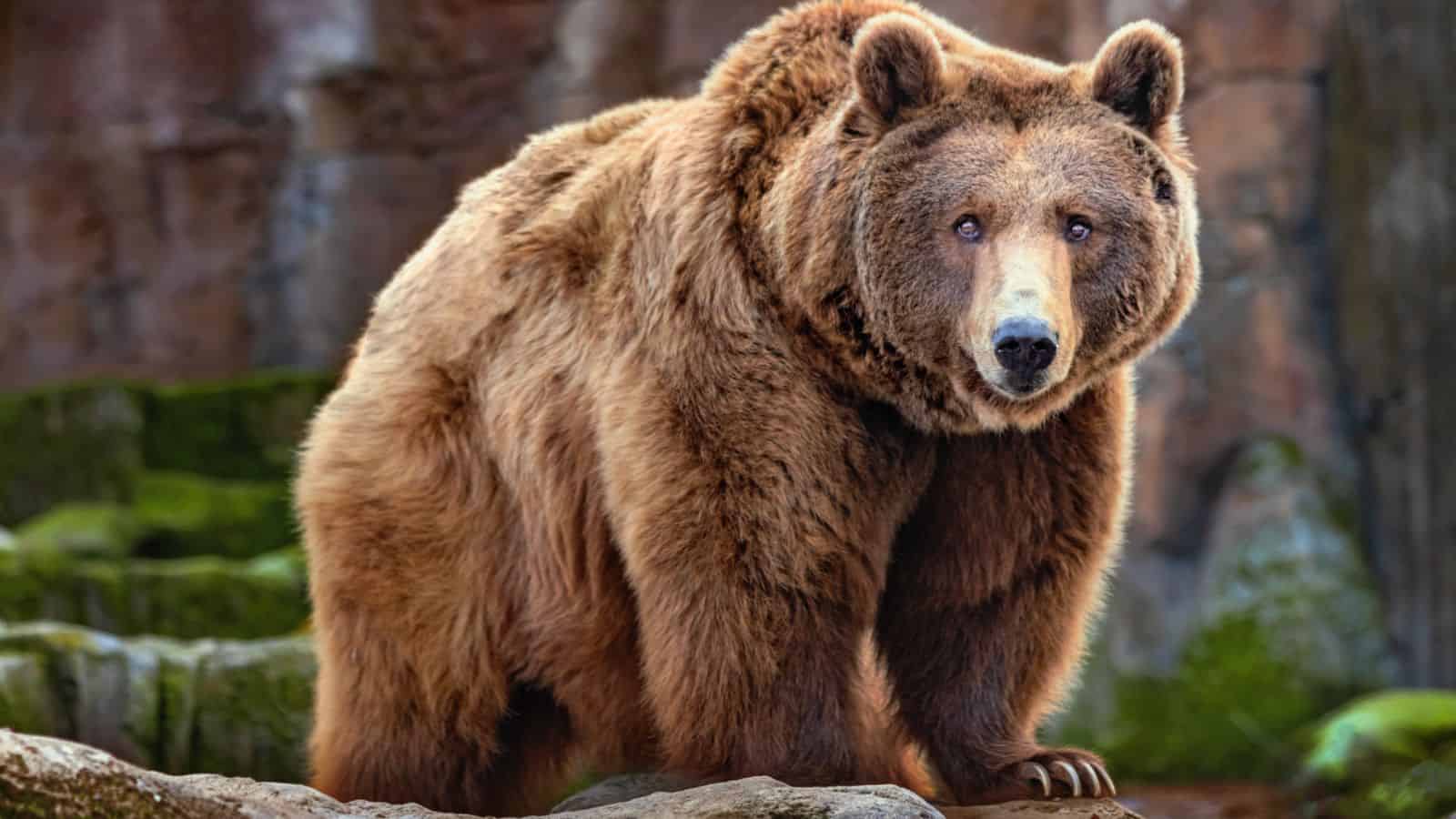
Grizzly bears are a brown bear subspecies that inhabit Alaska, portions of the northwest, and Yellowstone and Grand Teton National Parks. Britannica explains that large adult grizzlies can be 8 feet long, weigh 900 pounds, and are capable of running up to 35 mph over short distances. They’ve also “been known to attack humans without evident provocation.”
Coral Snake
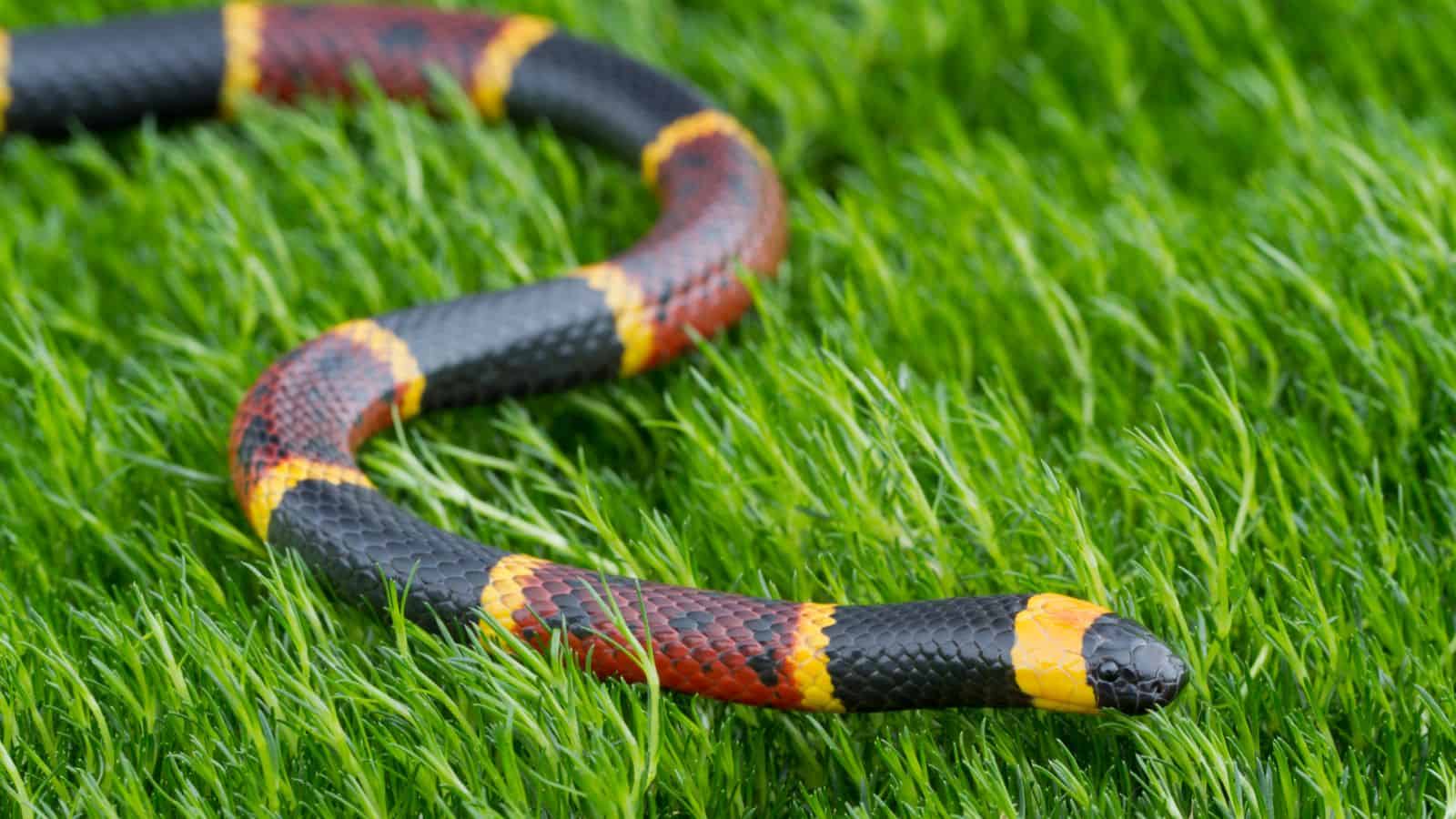
Coral snakes are known for their distinctive red, yellow, and black color bands. They possess one of the most potent venoms of any American snake, but they rarely bite and almost always attempt to flee humans.
Polar Bear
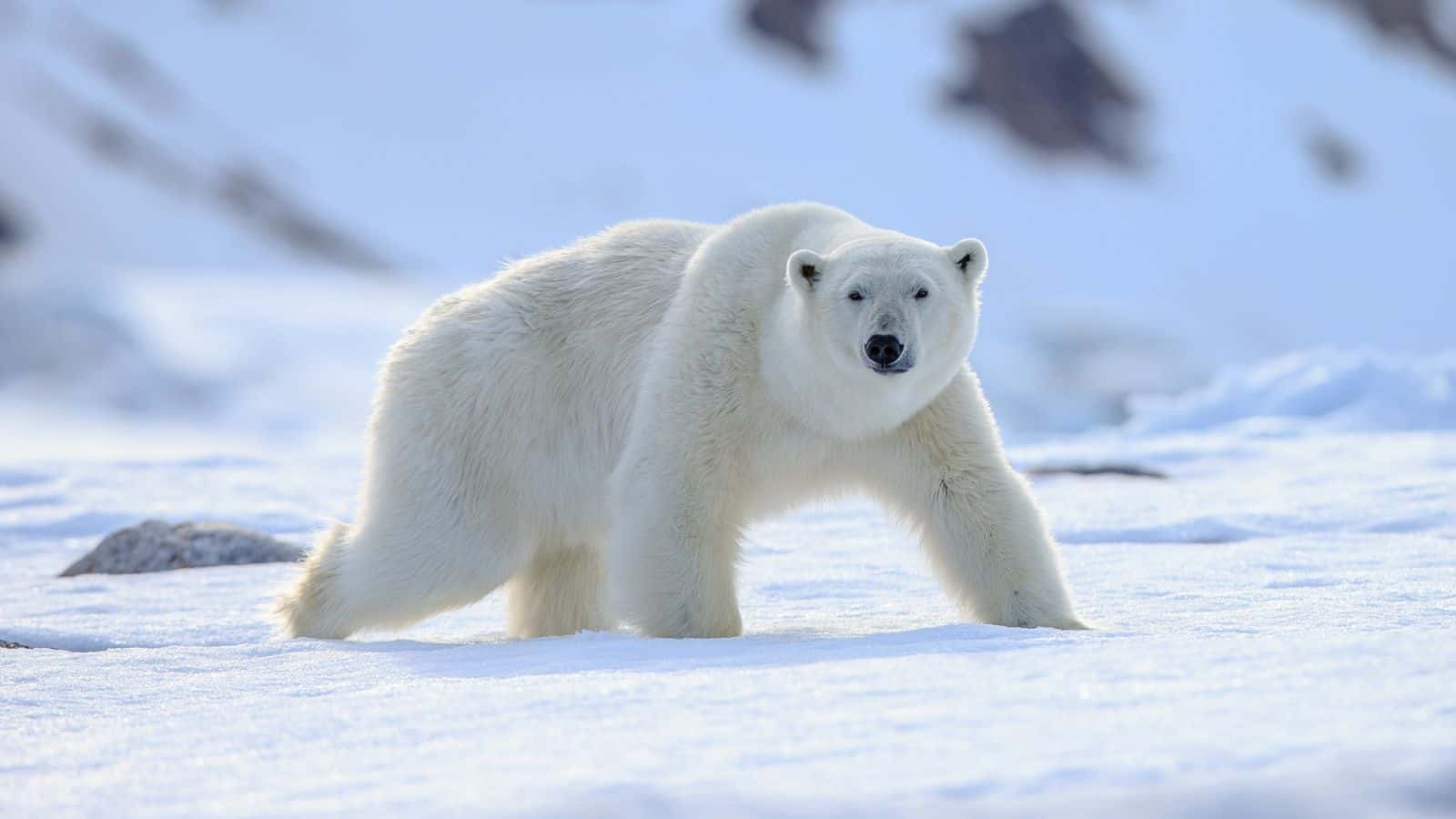
Polar bears are known for being the largest of the bear species, weighing up to 1,300 pounds. They come into conflict with humans over food sources at garbage dumps in Canada and Alaska, and hungry males and females with young may attack humans.
Up Next: 19 Things You Didn’t Realize Are Against The Law

Most laws are common sense, like those involving theft, property damage, or violence, but there are many lesser-known regulations that most people aren’t even aware of. This article reveals 19 illegal acts that may inadvertently turn you into a common criminal. Remember, ignorance of the law is no excuse for breaking it!
19 Things You Didn’t Realize Are Against The Law
18 Most Common Reasons Why Women Leave Their Husbands

All women have different preferences when it comes to their relationships and marriages. However, there are many universal behaviors, traits, and habits that commonly drive them to divorce. This list unveils the 18 most common reasons why women leave their husbands.
18 Most Common Reasons Why Women Leave Their Husbands
17 Behaviors That Make People Think Less of You

If you want to be accepted by those around you, you have to behave in certain ways. Obviously, you should still be yourself, but there are certain social ‘rules’ people should abide by, like avoiding these 17 behaviors that make people think less of you.
